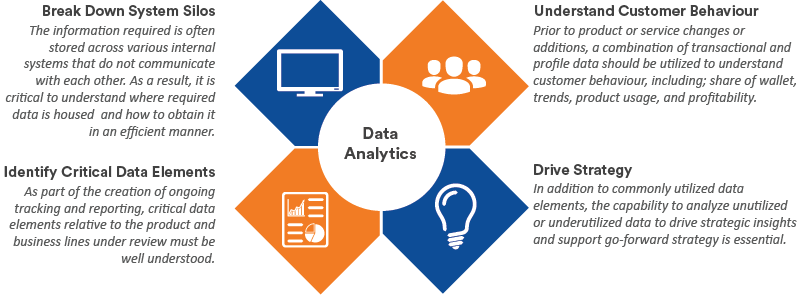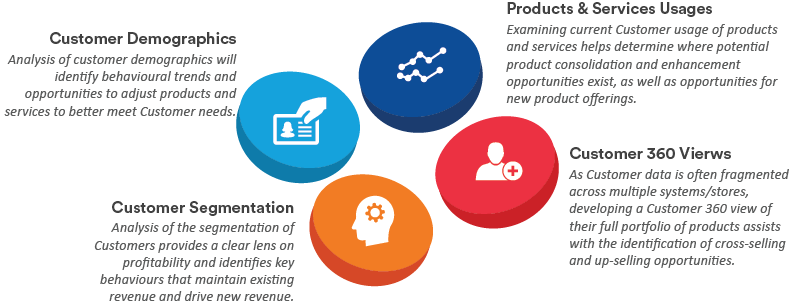Do you know what your data is telling you? The challenges of 2020 and COVID-19 have resulted in faster digital adoption by your customers. If you aren’t looking at your data to assess your digital capabilities in light of these new customer expectations, the door may be wide open for your customers to leave.
At Optimus SBR, we help organizations just like yours ask the right questions to get the right results.
Are you Adjusting or are you Being Left Behind?
If you haven’t stopped to reassess how the impacts of COVID-19 are affecting your digital channel/transformation initiatives, the door may be wide open for your customers to leave. Strategies that were in play before may no longer be relevant. Your customers are savvy and are already thinking ahead of where you are today. But it doesn’t need to be like this.
Strategic Decision-making Through Analytics
Gut feelings and hunches won’t cut it in this data driven world. Data can give you a competitive edge, but it only means something when you know where it’s coming from and what you can do with it. By integrating and analyzing data across systems, you are able to craft a better digital strategy that is supported by evidence-based decision making. Through the usage of custom dashboards and access to near real-time data, leaders can pivot and adjust faster and with more precision. It’s not just about having the data, but being able access it, trust it, and ultimately, build a sustainable strategic data management framework to support strategic decision making.

We don’t just build dashboards. We help our clients progress the maturity of their data management by creating an integrated roadmap to drive evidence-based strategic decision-making.
Everything is Driven from the Customer
Having an understanding of current Customer behavior is a required first step. It seems basic, but that’s because it is and it’s also the most overlooked step.
Without being able to understand customer behavior changes and the reasons for their engagement (or lack thereof) with your products and services, you cannot ensure that you’re actively promoting and selling the “right” products. Understanding who your customers are, their transactional patterns, what your relative performance is, and what additional key metrics should be tracked on a go-forward basis is essential to your success.

Gaining a fulsome understanding of your customers will enable you to better predict their needs, thus leading to better retention rates and stronger adoption of digital offerings.
The Benefits
Our clients enjoy a 540% average ROI one year after the implementation of our recommendation.
Other benefits include:
- Cost reduction through OTC Migration
- Increased Share of Wallet
- Increased Customer Satisfaction Rates

Our Difference
We’ve built our firm to be everything that traditional consultancies are not.
Our specialty is integrating ourselves within client teams so we can establish true partnerships, better understand their specific needs, and tailor solutions that more effectively address their biggest challenges. We don’t prescribe predetermined answers; we ensure we’re asking the right questions. We work collaboratively with our clients to find and execute real-world answers.
Clients know that working with us means they can get back to spending their days envisioning what’s possible while we take care of problems and hit the ground running. With the demands of today’s economy, organizations need a partner that is focused on delivering results with real value.







